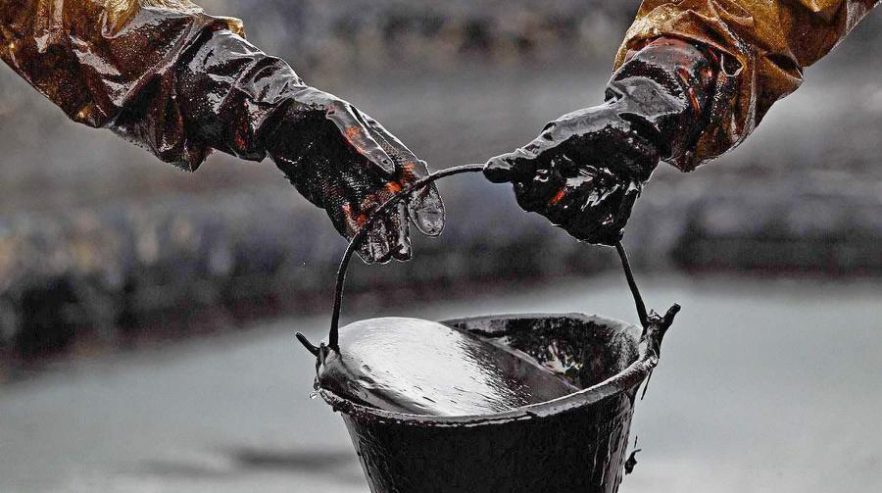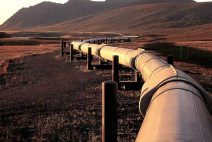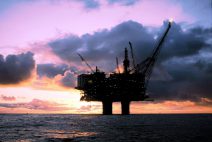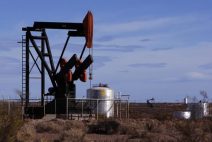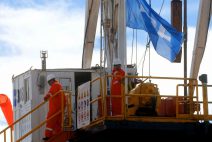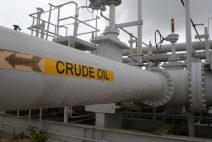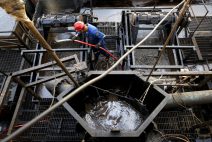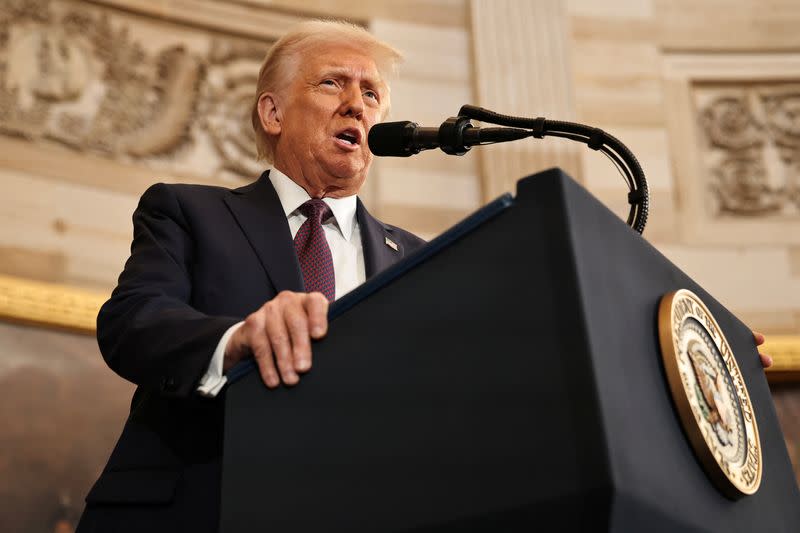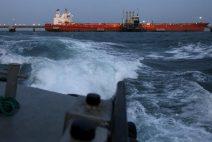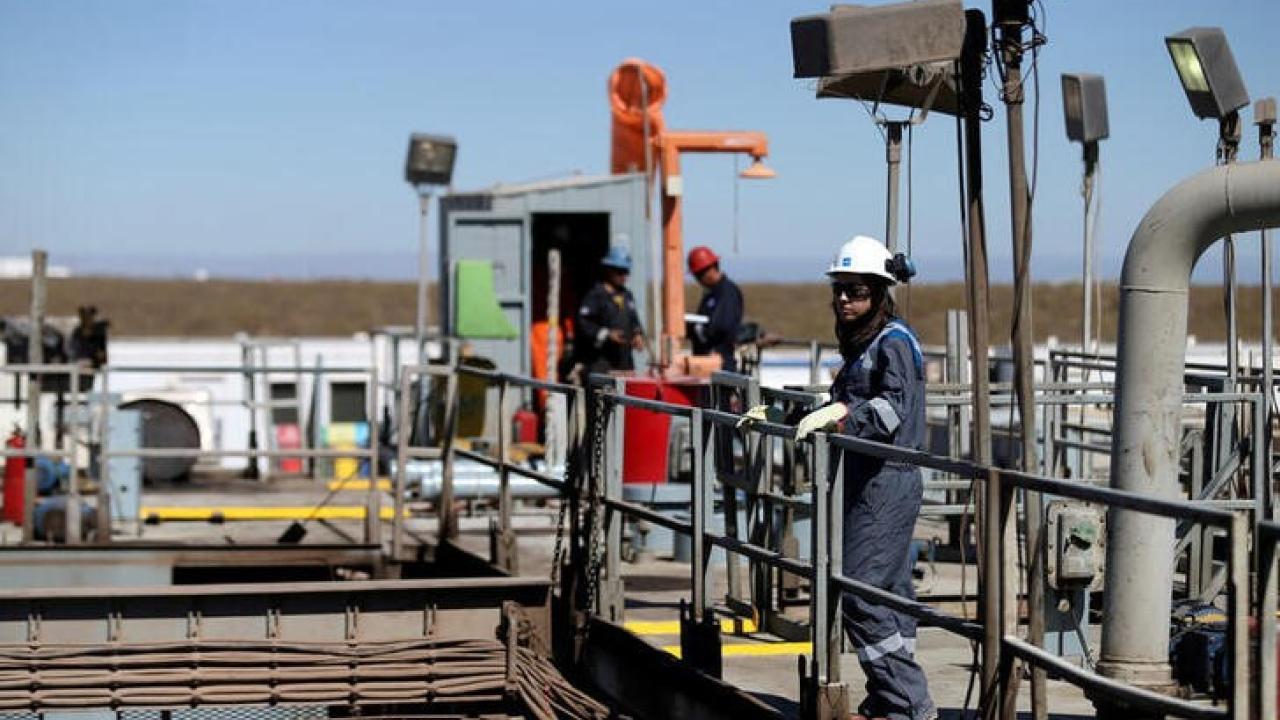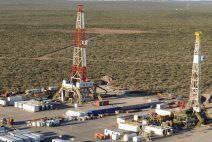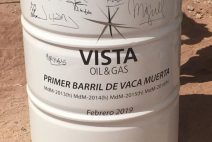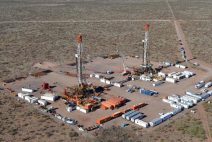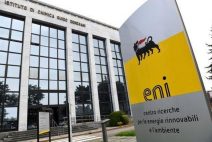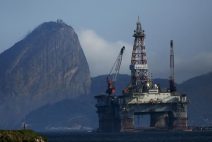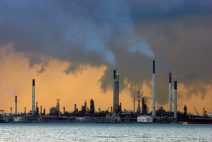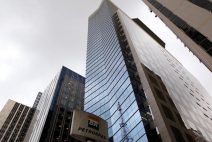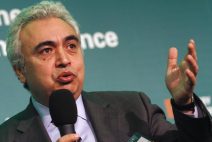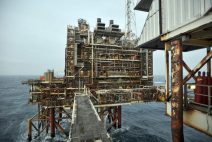The increase in OPEC+ oil production is not leading to a buildup in inventories, indicating that global markets remain in demand for more crude, ministers from OPEC nations and executives from major Western oil companies stated.
OPEC+, which pumps nearly half of the world’s oil, has been cutting production for several years to support the market. However, the group reversed course this year to regain market share, following pressure from U.S. President Donald Trump to boost output and help keep gasoline prices in check.
The alliance—comprising the Organization of the Petroleum Exporting Countries and partners like Russia—began rolling back 2.17 million barrels per day (bpd) in production cuts in April with a 138,000 bpd increase. Further monthly hikes of 411,000 bpd were implemented in May, June, and July.
On Saturday, the group approved an additional 548,000 bpd increase for August, and sources said a larger boost is likely to be agreed for September when the group meets again next month.
“There has been no significant stock buildup despite months of increases, which means the market needed those barrels,” said UAE Energy Minister Suhail al-Mazrouei during OPEC’s biennial seminar, which brings together top oil ministers and industry leaders.
OPEC denied access to the seminar to journalists from Reuters and other news organizations without providing a reason.
Global oil demand is expected to rise by about 1.2 million to 1.3 million bpd for the remainder of the year, despite headwinds from U.S. tariffs and trade tensions, said Amin Nasser, CEO of Saudi oil giant Aramco, according to attendees.
Nasser pointed to rising U.S. gasoline consumption and strong Chinese petrochemical demand as key drivers of this growth.
Kuwait Petroleum Corporation CEO Sheikh Nawaf Al-Sabah noted that Chinese and Japanese buyers are requesting more oil, reinforcing the view of strong demand.
Sources indicated that part of OPEC’s rationale for increasing output is to reclaim market share from competitors like the United States.
BP CEO Murray Auchincloss said he expects non-OPEC production to stagnate next year after hitting recent highs.
According to attendees, the physical oil market remains tight, and China is ramping up its stockpiling.
Shell CEO Wael Sawan expressed concern over natural field decline rates of 4% to 5% annually, which he said highlights the need for continued investment.
Patrick Pouyanné, CEO of TotalEnergies, stated that in his view, the market is fairly well supplied, noting that demand growth in China has halved in recent years.
